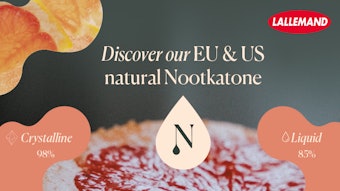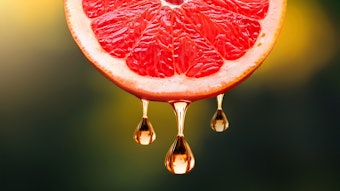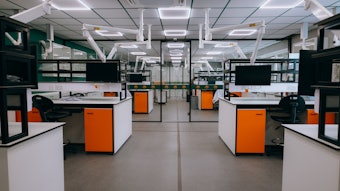
From food spoilage to novel flavors, bacteria play a large role in the food and flavor industries. It’s common knowledge in these industries that bacteria and yeast are an integral part of the production of fermented foods such as beer, wine, yogurt and cheese. Utilizing fermentation to generate specialty compounds, ranging from bio-based solvents to aroma compounds, has also become a more common technique. Yet, recent and growing trends in fermented foods and probiotics continue to bring more attention to bacteria’s space in food. Further, these trends have started to shift the general perception of bacteria from harmful germs to beneficial contributors.
While the role of microorganisms in food safety and food spoilage remain pertinent issues, it’s exciting to see the general public and industries embrace the positive impacts bacteria can provide. Many of these trends, with excitement towards probiotics and fermented foods, can be attributed to an increased awareness of gut health and the human microbiome. With advancements in microbiome studies, we’ve entered a new era of microbiology, with implications across a multitude of industries spanning from human health, food and forensics to agriculture and everything in between. The concept of utilizing microorganisms to drive benefits goes beyond food and human health and plays a large role in agriculture. The potential benefits and hurdles in deploying these concepts in both industries are paralleled.
Microbiomes: Humans, Soils and Plants
A microbiome is the collective of microorganisms that inhabit a specific area or ecosystem. There’s been an outpouring of interest in the human microbiome, specifically the gut microbiome. The gut microbiome refers to the bacteria, fungi, archaea, protists and viruses that persist in our gut. Beyond the mass of microbes that live in our guts, our skin, nasal cavities, belly buttons and all other parts of our bodies have their own unique communities of microorganisms. In fact, it’s estimated that there are up to 100 trillion microbes just in the human GI tract.1 The presence and diversity of these communities are fascinating on their own, but the interactions and health implications these microorganisms may have on the human body could be even more impactful. The human microbiome is now being investigated in relation to a variety of diseases including different cancers, irritable bowel syndrome, obesity, depression and many others.2 Consumer’s awareness of the benefits of promoting good gut health is likely linked to the increase in consumption of fermented foods and probiotic-containing products. The diversity of the human microbiome is impressive, but microbiomes seem to get even more complex when we look to soil and plants.
References
- Turnbaugh, P.J., R.E. Ley, M. Hamady, C. Fraser-Liggett, R. Knight, J.I. Gordon. The human microbiome project: exploring the microbial part of ourselves in a changing world. Nature. 2007. 449:7164. 804-810.











